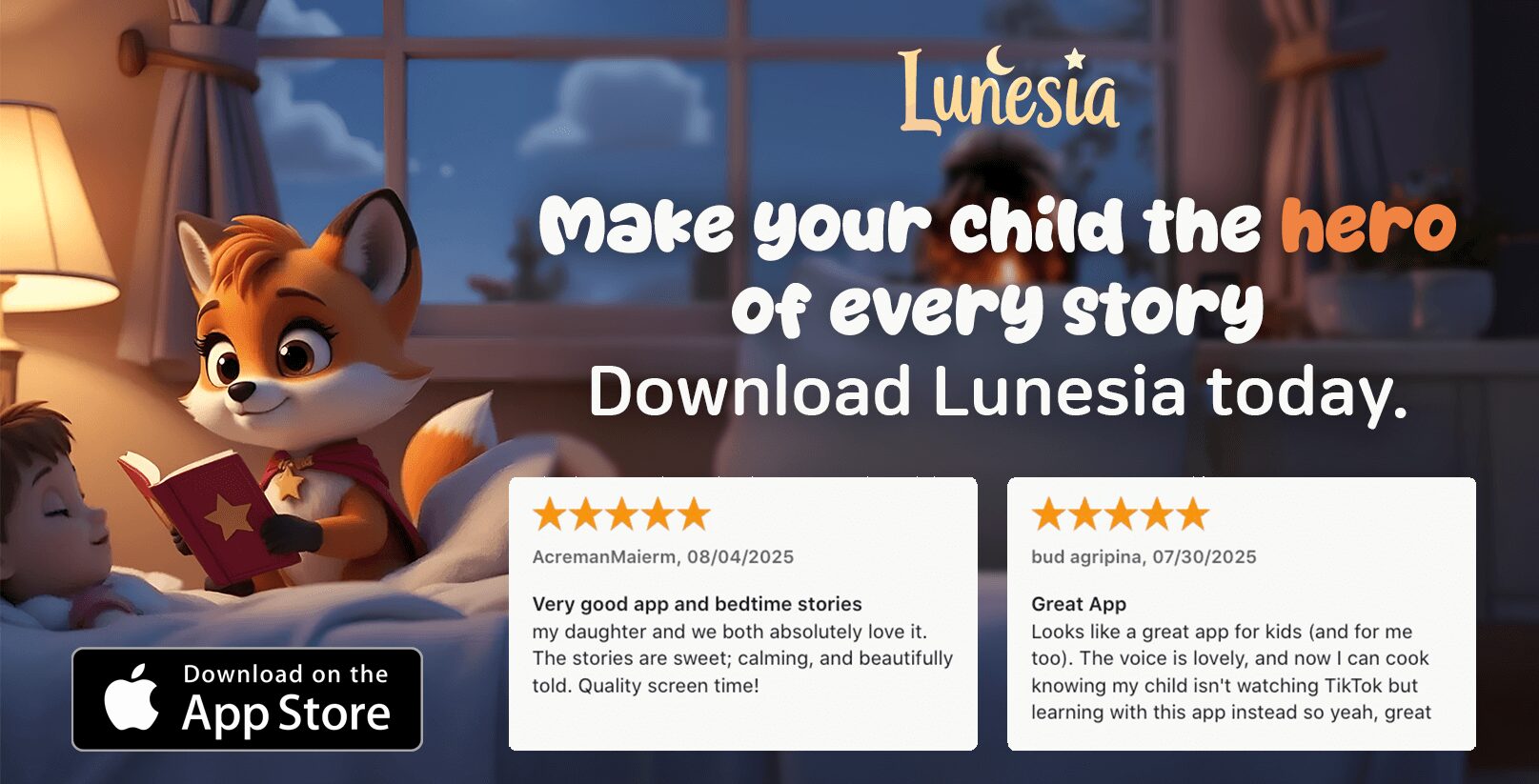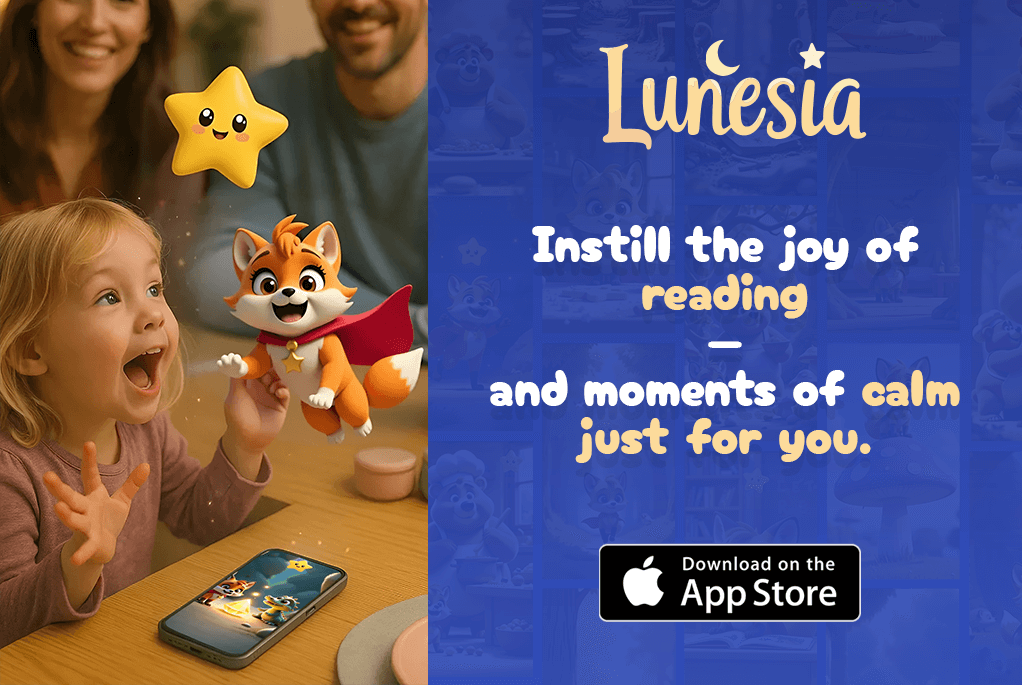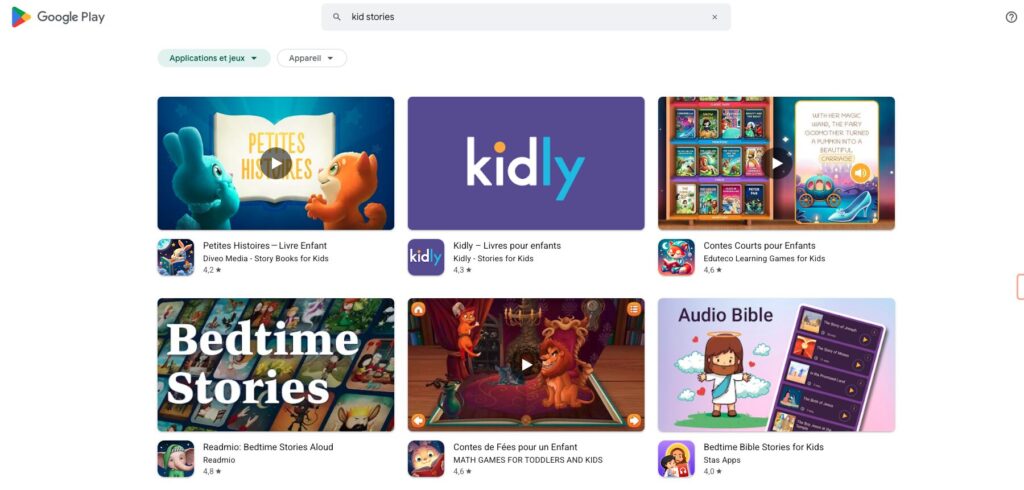
Remember curling up with a book as a child, lost in a world of adventure and wisdom? I do. Growing up, I devoured modern young adult fiction, but later discovered the timeless depth of older tales. That shift changed how I see storytelling—and what our children gain from it.
Today’s kids face a different world than we did. Digital distractions shorten attention spans, while shifting values reshape the lessons in their books. Yet stories remain powerful tools for shaping young minds. The question isn’t which tales to share, but how to blend the best of both worlds.
From “Lord of the Rings” to “Percy Jackson,” each generation’s books reflect its struggles and dreams. Classics teach enduring truths through rich language, while contemporary stories speak directly to today’s challenges. Both matter—because every child deserves stories that stretch their imagination and speak to their heart.
Let’s explore how these storytelling styles compare, and why choosing the right mix helps kids grow into thoughtful, resilient adults.
Introduction: The Timeless Appeal of Moral Stories
Do you recall the magic of bedtime tales, where heroes and lessons came alive under cozy blankets? I still remember my grandmother’s voice weaving “Cinderella” into the air—while my own kids now beg for “Bluey” episodes. Yet both hold something precious: a map for growing up.
Why do these stories endure? 78% of parents still use fairy tales to teach values, according to Happydesigner. From the Brothers Grimm’s 200-year-old legacy to TikTok’s 60-second fables, we’ve always needed narratives to guide children. Even 92% of Disney’s hits, like “Frozen,” borrow from pre-1700s lore.
Robbie Cheadle calls this interpretive openness—the way classics adapt across time. Consider “One Thousand and One Nights,” reborn as graphic novels, or Aesop’s fox now debating integrity with Bluey. The core remains: tales that help kids navigate life.
“The difference between the right word and the almost right word is the difference between lightning and a lightning bug.”
That precision matters. Whether through oral traditions or apps, stories distill love, courage, and justice into language children grasp. And as publishing adapts (classic retellings grew 40% since 2018!), the question isn’t if we share them—but how.
Classic vs. Modern Moral Stories: A Comparative Analysis
The journey through literature reveals how storytelling evolves over time. Whether it’s the rich language of older tales or the accessible prose of today’s books, each style offers unique benefits. Let’s explore how these differences shape the way we read and learn.

The Rich Language of Classic Stories
Classic literature often uses complex sentences and vivid descriptions. Think of Brontë’s detailed paragraphs or Tolkien’s immersive landscapes. This style encourages slow reading, which builds vocabulary and critical thinking skills. A 2022 Oxford Press study found that readers of classics scored 15% higher in vocabulary tests.
However, this complexity can be challenging for younger readers. Teachers report that 62% of students struggle with descriptive writing, partly due to shorter attention spans. Yet, the themes in these stories—like courage and integrity—remain timeless.
The Accessible Prose of Modern Stories
Modern literature, like Rick Riordan’s “Percy Jackson” series, uses action-driven prose and relatable slang. This style engages struggling readers and keeps them hooked. On average, young adult novels are written at an 8th-grade reading level, making them more accessible than 19th-century classics.
While modern stories may lack the depth of older tales, they address contemporary themes like individualism and social justice. This makes them highly relevant for today’s kids.
“The difference between the right word and the almost right word is the difference between lightning and a lightning bug.”
So, how do we choose? The answer lies in balance. Combine the rich language of classics with the relatable themes of modern stories. Use graphic novels to introduce complex ideas, or play language games inspired by older tales. This hybrid approach ensures kids enjoy the best of both worlds.
Themes in Classic and Modern Moral Stories
Stories have always been a mirror of the world, reflecting its values and challenges. Whether it’s the clear-cut battles of older tales or the nuanced struggles of today’s narratives, themes shape how we understand life and the world around us. Let’s explore how these themes have evolved over the years.
Classic Themes: Good vs. Evil
In older stories, the line between right and wrong is often sharply drawn. Take “Snow White,” where the evil queen’s jealousy contrasts with the princess’s innocence. These tales teach children about integrity and the consequences of wrongdoing. They’re simple yet powerful, offering clear lessons for young minds.
However, some older stories come with outdated ideas. For example, “Peter Pan” includes stereotypes that can be harmful today. As parents, it’s important to address these issues and discuss them openly with kids. Pairing such tales with modern retellings, like feminist versions of “Cinderella,” can provide a balanced perspective.
Modern Themes: Individualism and Social Justice
Today’s stories often tackle complex themes like systemic oppression and environmental crises. Think of “The Hunger Games,” which saw a surge in popularity after 2020’s social justice movements. These narratives resonate with teens, as a 2023 survey found that 68% relate more to climate crisis stories than traditional “damsel in distress” tropes.
Books like “Ada Twist, Scientist” promote girls in STEM, while “Greta’s Story” highlights environmental activism. These tales inspire kids to think critically about the world and their role in it. They also normalize discussions around mental health, making them highly relevant for today’s generation.
“The best stories don’t just entertain—they challenge us to see the world differently.”
To bridge the gap between old and new, try updating classic tales for modern contexts. For example, retell “The Boy Who Cried Wolf” to address cyberbullying. This approach keeps the core lesson intact while making it relatable for today’s kids. For more inspiration, explore these famous bedtime stories that blend timeless wisdom with contemporary relevance.
Characters: From Archetypes to Complex Personalities
Characters have always been the heart of every great story, shaping how we see the world and ourselves. Whether it’s the wicked stepmother in “Cinderella” or the nuanced Miss Trunchbull in “Matilda,” these figures teach us about human nature. Over time, the way authors craft characters has evolved, reflecting changes in society and values.

Today’s books feature personalities that are more layered and relatable. This shift helps kids connect with the story on a deeper level. Let’s explore how characters have transformed from simple archetypes to complex individuals.
Archetypal Characters in Classic Stories
Older tales often relied on archetypes—characters with clear roles and traits. Think of the hero, the villain, or the wise mentor. These figures were easy to understand, making them effective for teaching moral lessons. For example, the wicked stepmother in “Cinderella” represents envy and cruelty.
However, these archetypes can feel one-dimensional today. A 2023 survey found that 58% of parents prefer stories with more complex female characters, like Elsa in “Frozen.” While archetypes serve a purpose, they sometimes lack the depth needed to engage modern readers.
Complex Characters in Modern Stories
Contemporary books often feature characters with realistic flaws and growth arcs. Take Greg from “Diary of a Wimpy Kid” or Amari from “Amari and the Night Brothers.” These figures struggle, learn, and evolve, making them more relatable. This complexity helps kids see themselves in the story.
Modern authors also embrace diversity, creating characters from different backgrounds and experiences. This inclusivity reflects the world we live in and teaches empathy. For example, “Wonder” highlights neurodiversity, while “Greta’s Story” inspires environmental activism.
| Aspect | Archetypal Characters | Complex Characters |
|---|---|---|
| Traits | Clear-cut, predictable | Layered, evolving |
| Purpose | Teach moral lessons | Reflect real-life struggles |
| Relatability | Limited | High |
To bridge the gap, try this writing exercise: Transform the wolf from “Little Red Riding Hood” into a sympathetic character. What motivates him? How does he change? This activity encourages kids to think critically about character development.
“The best characters are those who feel real—flawed, growing, and deeply human.”
By blending clear role models with realistic flaws, we can create stories that inspire and resonate. Whether it’s a classic tale or a modern book, the journey of a character can leave a lasting impact on young readers.
Moral Lessons: Timeless vs. Contemporary
Every story carries a lesson, whether it’s from centuries ago or written just last year. These lessons shape how children see the world and make choices in their daily life. From the perseverance of “The Tortoise and the Hare” to the creativity in “The Dot,” stories offer wisdom that transcends time.
Timeless Lessons in Classic Stories
Classic tales like “Aesop’s Fables” have been teaching lessons for generations. In fact, 89% of US elementary schools still use these stories today. They focus on virtues like honesty, perseverance, and integrity. For example, “Pinocchio” teaches the importance of truth, while “The Tortoise and the Hare” emphasizes steady effort over speed.
These stories are simple yet powerful, offering clear guidance for young minds. They’ve stood the test of time because their messages are universal. However, some themes may need updating to align with today’s culture.
Contemporary Lessons in Modern Stories
Modern stories address challenges that today’s children face. Themes like digital citizenship, financial literacy, and environmental awareness are now common. For instance, “Screenwise” teaches kids about online safety, while “Malala’s Magic Pencil” inspires courage and activism.
Since 2010, “growth mindset” themes in children’s books have increased by 300%. This shift reflects the need for stories that prepare kids for a rapidly changing world. Modern tales also tackle tough topics like divorce and addiction, helping children navigate complex emotions.
“The best stories don’t just entertain—they challenge us to see the world differently.”
To bridge the gap, try blending old and new. For example, retell “Charlotte’s Web” to include lessons on internet safety. This approach keeps the core message intact while making it relevant for today’s kids. For more inspiration, explore these timeless moral stories that blend wisdom with contemporary relevance.
The Role of Storytelling in Child Development
Have you ever noticed how a simple story can shape a child’s understanding of the world? From fairy tales to graphic novels, storytelling is a powerful tool for growth. It helps kids process emotions, build empathy, and develop critical thinking skills. Let’s explore how different types of stories contribute to a child’s journey of learning and self-discovery.
Classic Stories and Emotional Development
Classic tales often delve into deep emotional themes, helping children navigate complex feelings. For example, “The Velveteen Rabbit” teaches about love and loss, while “Where the Wild Things Are” explores anger and reconciliation. These stories use Jungian archetypes—like the hero or the mentor—to help kids process trauma and build resilience.
MRI studies show that processing metaphors in classic stories activates five times more brain regions than literal language. This heightened engagement fosters emotional intelligence and empathy. By connecting with characters’ struggles, children learn to understand their own emotions and those of others.
Modern Stories and Cognitive Development
Contemporary stories, on the other hand, often focus on fast-paced plots and relatable scenarios. Interactive e-books, for instance, improve comprehension by 22%, according to the Journal of Literacy Research. These stories engage kids through dynamic visuals and interactive elements, making learning fun and accessible.
Modern tales also address specific cognitive needs. Graphic novels, for example, are particularly helpful for dyslexic readers. Their combination of text and visuals simplifies complex ideas, making reading less daunting. Similarly, apps like Happydesigner’s tactile story tools blend tradition with technology, creating immersive learning experiences.
| Aspect | Classic Stories | Modern Stories |
|---|---|---|
| Focus | Emotional depth | Cognitive engagement |
| Format | Text-heavy | Interactive, visual |
| Benefits | Empathy, resilience | Comprehension, creativity |
To maximize the benefits of storytelling, consider pairing classic tales with modern tools. For example, read “The Chronicles of Narnia” and then explore its themes through a VR experience. This hybrid approach keeps the magic of storytelling alive while catering to today’s tech-savvy kids.
“Stories are the way we make sense of the world—they teach us who we are and who we can become.”
Whether it’s a timeless fairy tale or a cutting-edge app, stories remain essential for a child’s growth. By choosing the right mix, we can help them navigate life’s challenges with confidence and curiosity.
Conclusion: The Enduring Value of Moral Stories
Watching my daughter stand up to a bully using wisdom from “The Three Little Pigs” reminded me: stories train young minds for real life. They’re not just entertainment—they’re tools that shape how children see the world.
Books like “The Girl Who Drank the Moon” prove the power of blending timeless themes with fresh perspectives. I now keep our home library at a 40/60 mix—older tales for depth, newer ones for relevance. Even global influences matter, from Nigerian folktales to anime-inspired adventures.
Every book you share plants seeds. As Neil Gaiman said, “The stories we love… love us back.” Need inspiration? Check these bedtime stories that build vocabulary and calm minds.
What stories shaped your childhood? Share them—you’re not just passing down books, but building worldviews.
FAQ
Why should children read both classic and contemporary tales?
Older literature teaches universal values like honesty and courage, while newer books address current issues like diversity and self-expression. Together, they give kids a balanced perspective on life.
How do older fables differ from today’s children’s books in language?
Timeless tales often use richer vocabulary and formal phrasing, helping expand young minds. Current stories tend toward conversational writing that feels familiar to digital-age readers.
What makes protagonists in current children’s literature different?
Today’s young heroes often show emotional depth and personal growth, reflecting modern understanding of psychology. Where traditional characters represented ideals, contemporary ones mirror real struggles.
Can traditional narratives still engage 21st-century kids?
Absolutely! The core conflicts in age-old fables – kindness versus cruelty, wisdom versus foolishness – remain deeply relatable. Many publishers now present them with fresh illustrations or updated settings.
How do lessons in newer books reflect societal changes?
Modern children’s literature often tackles topics like environmental care, bullying prevention, and celebrating differences – subjects that gained prominence in recent decades but weren’t central in older works.
What developmental benefits do different storytelling styles offer?
Time-honored tales strengthen emotional intelligence through clear consequences, while contemporary stories often encourage critical thinking about complex social dynamics.



